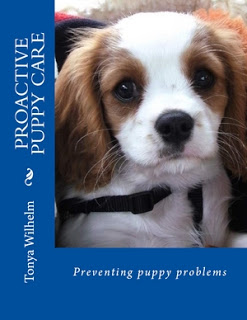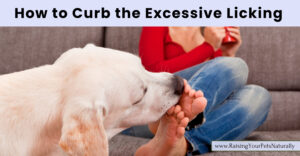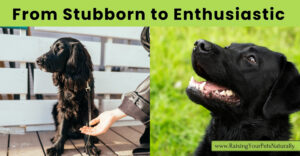Google Adsense—>

How to Help a Dog with Car Anxiety Naturally
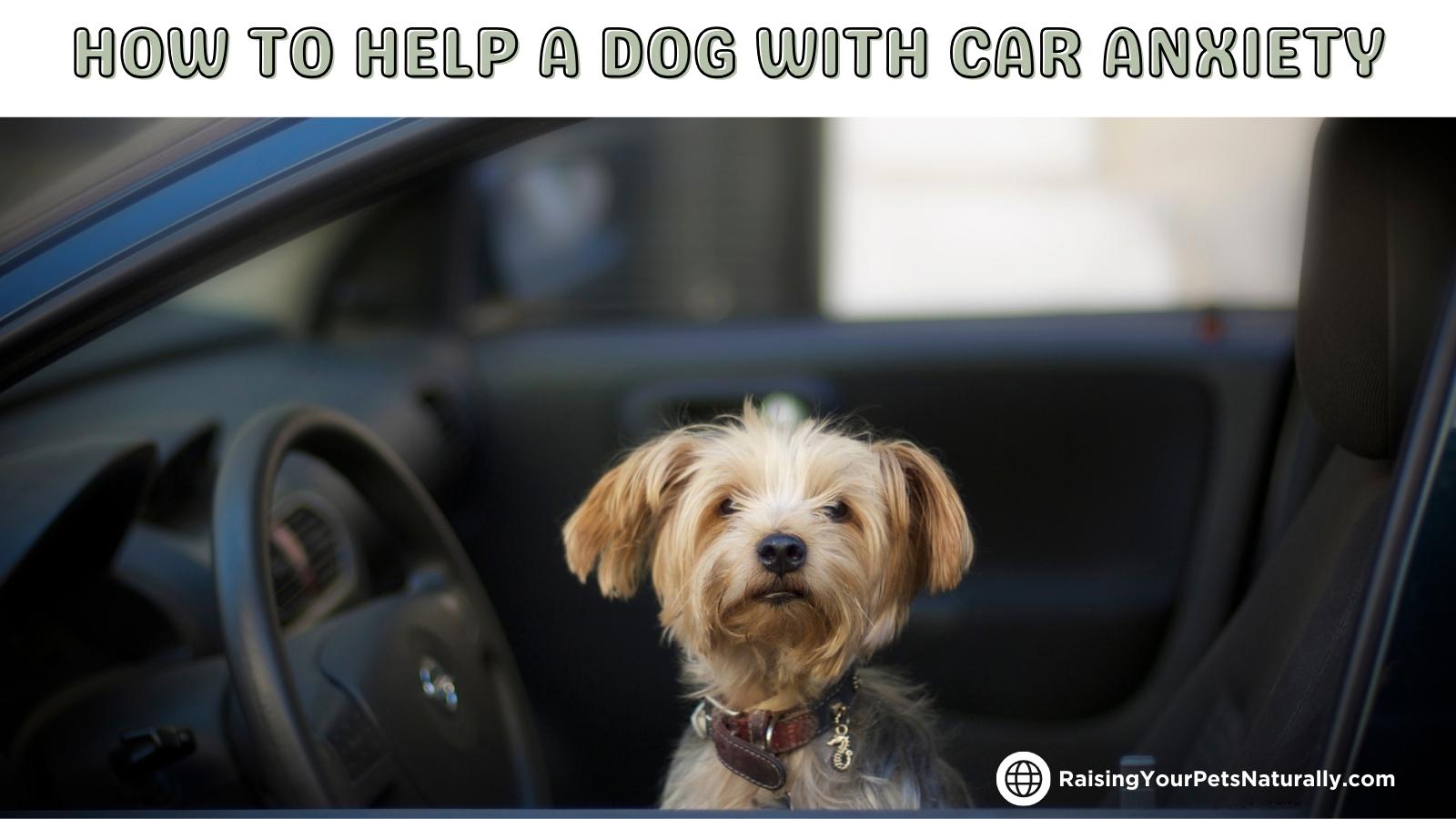
Does your dog experience car anxiety, car sickness, or even fear of getting into the car? If you’ve ever struggled with these issues, you’re not alone. Many dog parents are trying to help their dogs feel comfortable and relaxed during car rides. In this blog post, I’ll discuss dog car anxiety, including causes, natural remedies, and behavior modification training, to help your dog enjoy car rides as much as you do.
One of my favorite things to do is travel with Dexter. He’s a veteran fourteen-year-old traveler, and our adventures have taken us across the US and even to Canada. But how did I turn Dexter into a fantastic little traveler? The secret was frequent short trips to enjoyable destinations. Dexter’s socialization as a puppy involved regular car rides. This approach helped him become confident but not overly excited about the car, making it a natural part of his life.
Understanding Motion Sickness in Dogs
Megan Conrad, BVMS from Hello Ralphie told me, “In theory, motion sickness in dogs, just as in people, can result from the brain getting mixed signals from different body systems. The vestibular system, which is in the inner ear, regulates balance and tells the brain if you’re up, down, or moving. When this system sends a different message to the brain than the ones from the eyes, muscles, and joints, the resulting confusion can lead to dizziness, nausea, and vomiting. One system says that there is motion happening, while another senses a different motion or no motion at all.
“Motion sickness appears to be more common in puppies, as their inner ear structures are not completely developed. When this is the case, the puppy may grow out of the tendency for motion sickness. An inner ear infection or disease of the vestibular system can also cause motion sickness in an adult dog due to it causing balance issues. Treating any underlying condition can help.”
Dr. Michelle Burch, from Safe Hounds Pet Insurance, added, “Impairment of the vestibular system can occur due to an infection affecting the middle ear, or toxicity due to an ear cleaner or medication, idiopathic or an undiagnosed underlying cause typically seen in older dogs, stroke, inflammation, and tumor.”
Make sure your puppy is securely restrained in the car to avoid motion sickness. Avoid letting them look out the window, as the fast-moving scenery can cause confusion and nausea. Consider using a crash-tested crate or harness and block the window view.
Watch my video on YouTube and don’t forget to subscribe for more free content!
Natural Remedies for Car Anxiety
If your dog suffers from motion sickness, you can look at adding natural remedies like flower essences or a bit of ginger, which can help alleviate their symptoms. If you continue to take your puppy on pleasant car rides and adventures, over time most puppies will become accustomed to car rides, reducing the likelihood of car anxiety.
Behavior Modification Techniques
If your puppy or dog has developed a fear of getting into the car, it’s crucial to help them feel comfortable with the process. Determine the situations that cause your dog anxiety, such as putting on the leash, walking up to the car, or opening the garage door.
Desensitization and Counter Conditioning
Desensitization and counter conditioning are effective techniques to gradually make your dog more comfortable with these triggers. For instance, if your dog becomes anxious when you open the garage door, start by opening the garage door and giving your dog a high-value treat. Repeat this process at various times of the day. You will want to do this with all the triggers that are associated with your dog’s fear of car rides.
Getting to the Car
Start by walking around the car and providing treats or playing a fun game. Your dog’s comfort level will dictate the distance at which you interact with them around the car. If your dog shows signs of stress or resists approaching the car, try working farther away, such as ten feet from the car. Depending on how anxious your dog is, the training sessions could last days or even weeks.
Getting into the Car
The ultimate goal is to reach a point where your dog can comfortably remain secured in their harness or crate while your car is on for ten minutes. This step is essential in helping your dog become less anxious about cars.
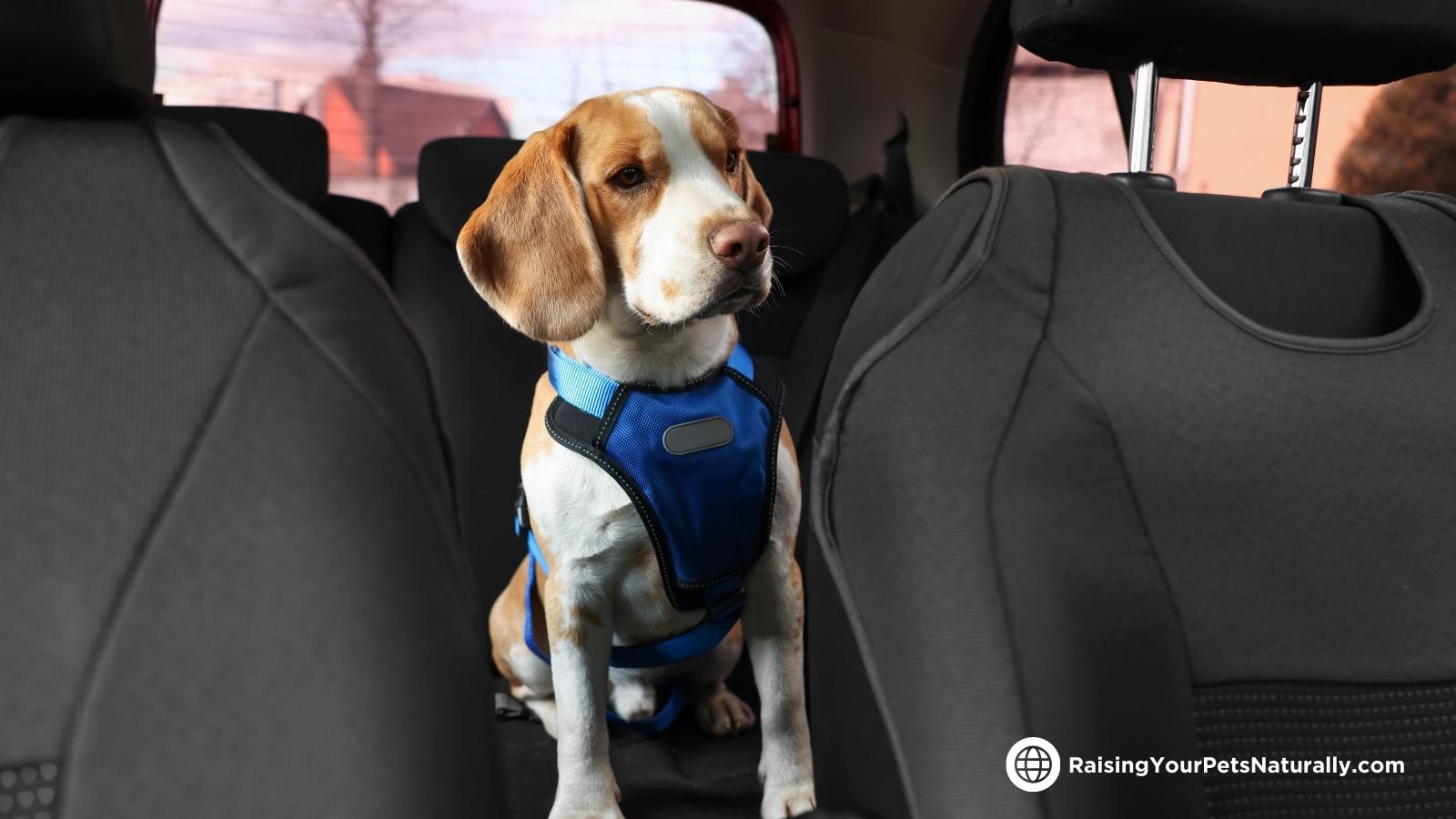
Moving to the Next Stage
Once your dog can relax in an unmoving car for ten minutes, it’s time to introduce the motion of the car. But during this stage, it’s important to pay close attention to your dog’s emotional state. If you notice signs of stress, it’s vital to take a step back or return to the previous phase in your training. The primary goal in dog behavior modification is to always work below your dog’s anxiety threshold and slowly build positive associations in response to small criteria.
Let’s Go
Once your dog is happy sitting in the car for ten minutes, it’s time to get moving. If your dog remains calm, you can then proceed to back the car down the driveway and immediately drive it back up. This short trip will be your dog’s first car ride in this new training approach.
Building Distance over Time
As your dog becomes more comfortable with car travel, you can gradually increase the distance and duration of your trips. Keep in mind that each dog’s progress is unique, and the trick is to customize the training to your dog’s special needs and emotions. You can help your dog overcome car phobia and make car drives fun for both of you by following these guidelines and being patient.
Natural Calming Aids and Medications for Car Sickness and Anxiety
When it comes to lessening car sickness in dogs, there are several options you can consider. One effective solution is the Thundershirt, which applies gentle pressure to help calm your dog’s anxiety during car rides. You can also try using ADAPTIL Spray or placing one to two drops of organic lavender oil on your dog’s collar or bedding for a soothing effect. Other natural remedies include Safe Journey Pet Essences or Homeopet Travel Anxiety for Dogs, car window shades, and organic ginger (about 1/2 tsp mixed in canned dog food or in the form of a supplement or ginger cookies). However, it’s important to consult your veterinarian before incorporating ginger into your dog’s routine if it’s a frequent addition. Some dogs may benefit from Cocculus 6c, with three pellets given thirty minutes before travel, although prescription medication like Cerenia (maropitant) is an option to reduce the risk of vomiting but may not alleviate nausea. It’s always a great idea to discuss with your dog’s vet to determine the most suitable solution for your dog’s needs.
With patience and training, you can help your dog overcome car anxiety, motion sickness, and fear. By using desensitization and counter-conditioning techniques, understanding your dog’s triggers, and offering tasty rewards, you can turn car rides into enjoyable experiences for both you and your dog.
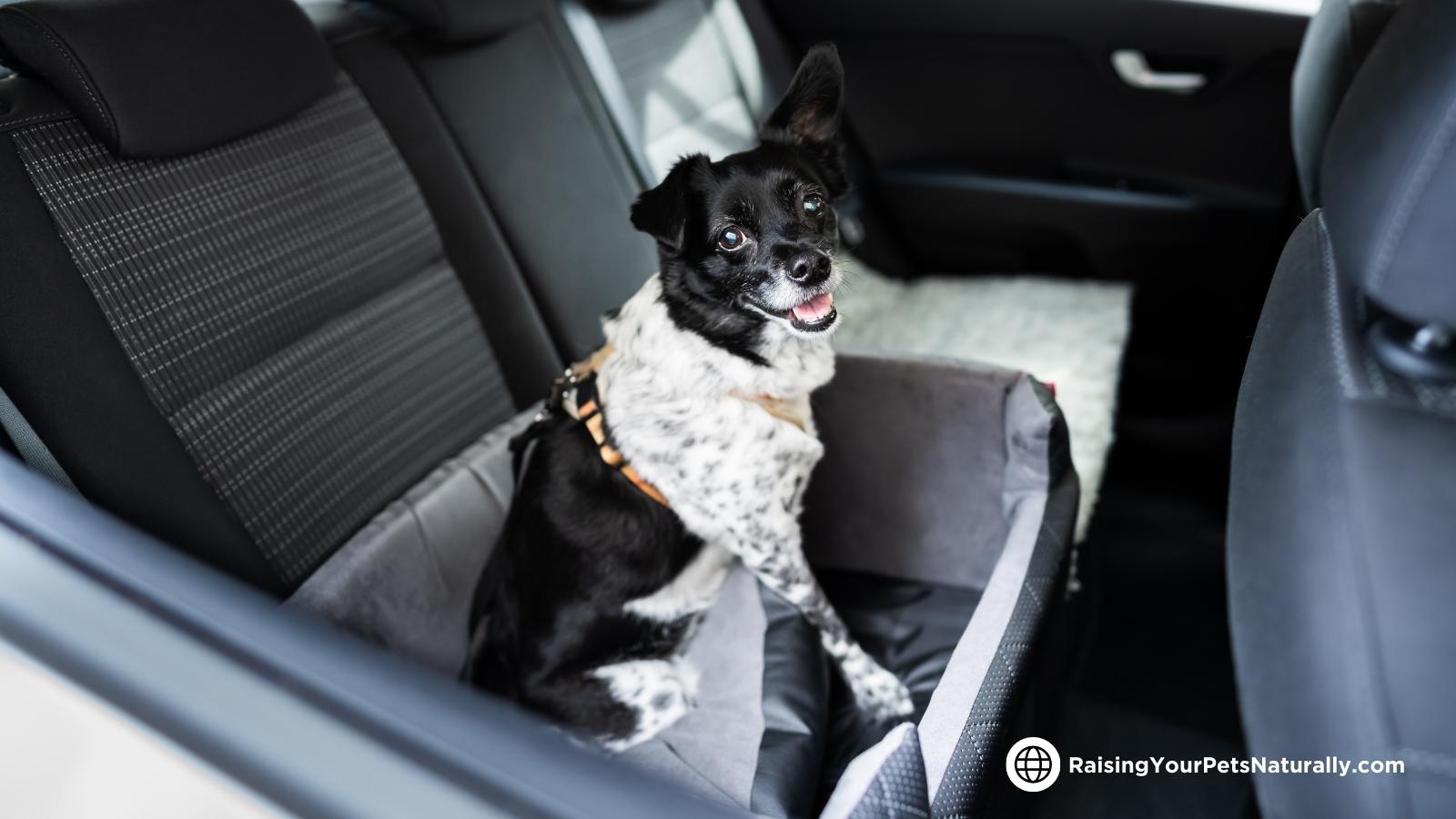
Your questions or comments are welcome below.
Are you looking for even more ways to stay up to date with Raising Your Pets Naturally? Sign up for the newsletter for more tips and promotions. Don’t forget to be social and Like, Follow, and Subscribe.
Facebook Twitter Pinterest Instagram YouTube
 |

Google Adsense—>


